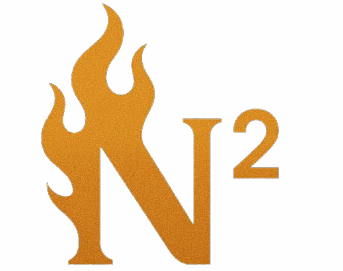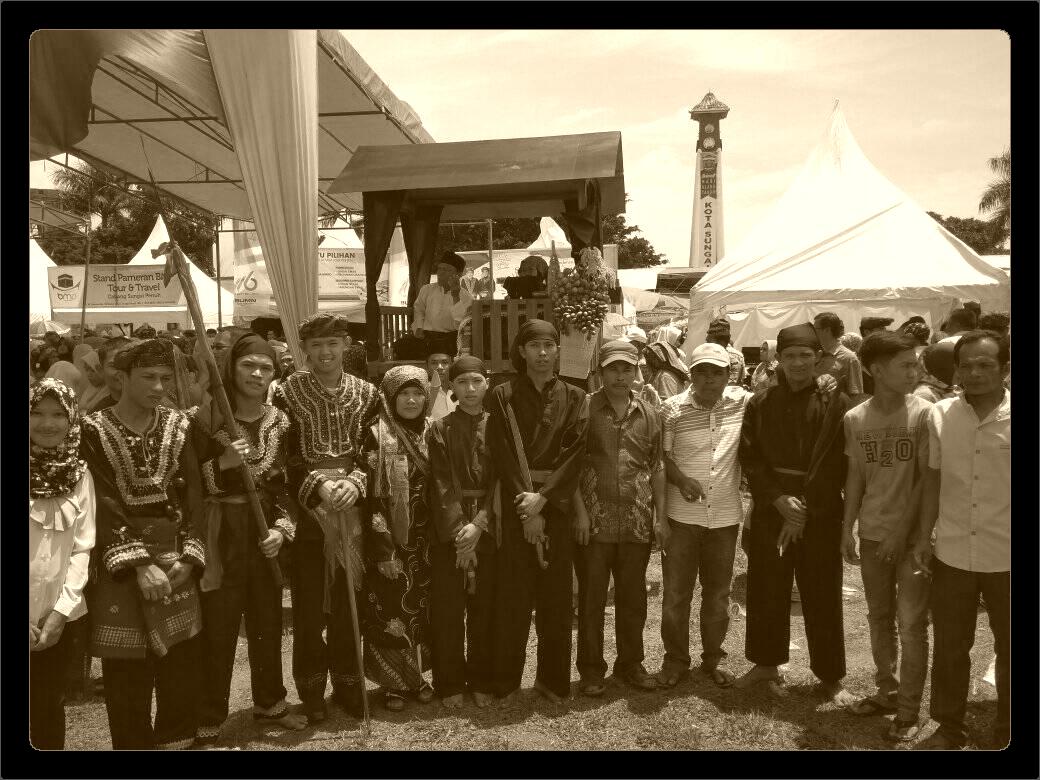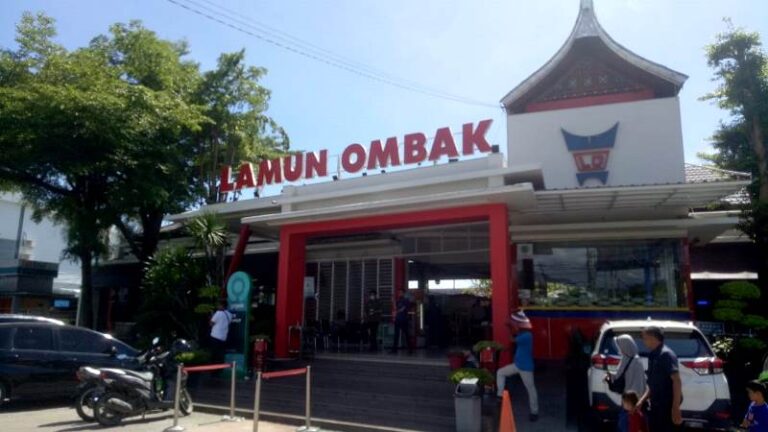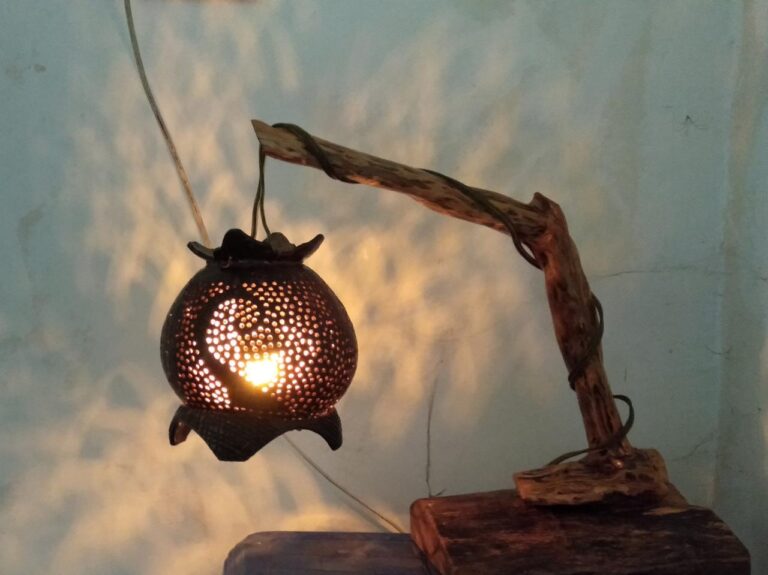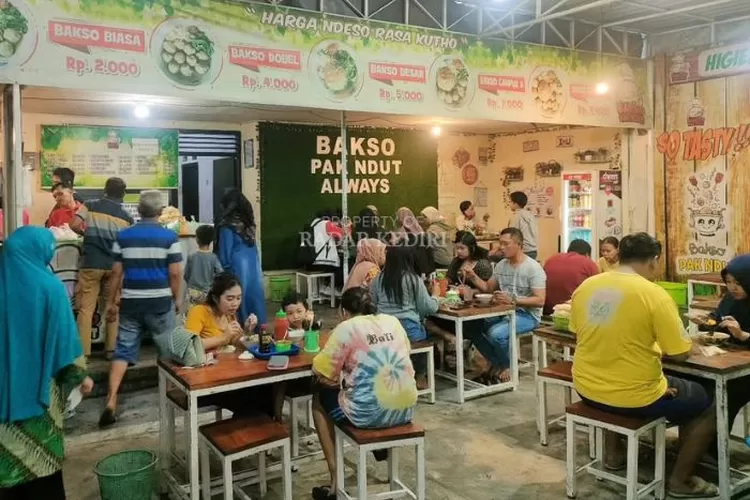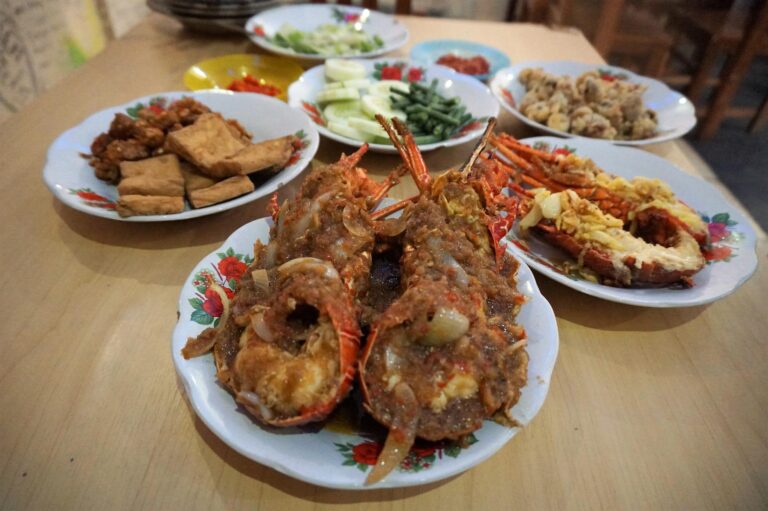The Traditional Arts of Sungai Penuh: A Living, Global Heritage
Sungai Penuh isn’t just known for its breathtaking natural scenery—it also preserves the traditional arts of Sungai Penuh, a vibrant cultural heritage rooted in spirituality and community. From mesmerizing traditional dances to intricate wood carvings, the art of Sungai Penuh is a reflection of its people’s spirituality, social life, and time-honored traditions passed down through generations.
The Traditional Arts of Sungai Penuh in Dance
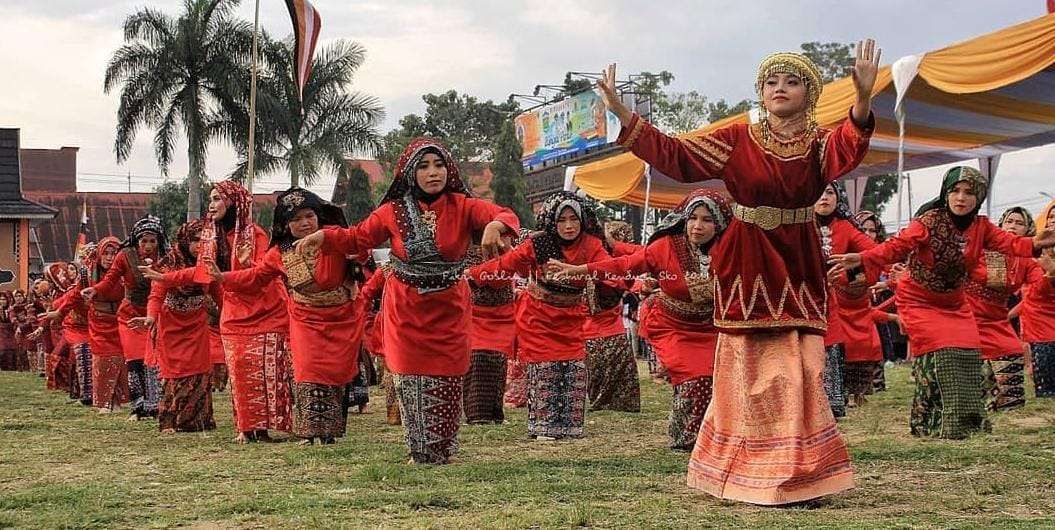
Traditional dances from Sungai Penuh have gained recognition even on the international stage. These dances like Asyik, Iyo-iyo, and Bencak Silat go far beyond performance; they are part of spiritual and ceremonial life. Each movement, each glance, each gesture carries symbolic meaning, representing everything from reverence for ancestors to the balance between good and evil.
-
Tari Asyik: Graceful and sacred, the name Asyik comes from a word meaning “spirit possession.” It embodies the belief that ancestral spirits join the dancers during the performance.
-
Tari Iyo-iyo: This dance represents the spirit of community and cooperation, especially during harvests, communal events, and traditional feasts. It’s usually performed in groups, with repeating patterns that emphasize unity and harmony among villagers.
-
Bencak Silat: In Sungai Penuh, this isn’t just a martial art, it’s a cultural treasure. It reflects ethnic identity, moral values, and spiritual discipline. Passed down through generations, Bencak Silat is practiced not only for defense but also as a way to connect with tradition and uphold communal values.
Visual Arts and Woodcarving

Visual artistry also plays a major role in Sungai Penuh’s cultural landscape, particularly in the form of woodcarving and painting. In areas like Pondok Tinggi, artists transform wood into meaningful, detailed carvings that blend aesthetic beauty with cultural significance. Many carvings, especially older ones, serve religious or spiritual purpose,s imbued with the stories and symbols of the local people.
Musical Traditions in the Traditional Arts of Sungai Penuh
No discussion of Sungai Penuh’s arts would be complete without mentioning the Gong Buleuh. More than a musical instrument, it was traditionally used as a tool for communication within the community. The deep, resonant sound of the gong signaled important messages, such as:
-
Calling villagers to the customary hall (balai adat)
-
Marking the start of a traditional ritual or ceremony
-
Warning of emergencies or gathering people for communal decisions
This practice reflects how art and daily life have long been intertwined in the culture of Kerinci.
Preserving Tradition in a Modern World
In an age where pop culture and globalization dominate, young people in Sungai Penuh are finding ways to keep their traditions alive. Dance studios, cultural groups, and creative communities are providing space for learning and innovation where age-old art forms can evolve while still staying true to their roots.
Closing Thoughts
The art of Sungai Penuh is more than a cultural artifact; it is the very heartbeat of the community. Through every dance step, every rhythm of music, and each carved detail, we are reminded of how tradition and spirituality can live in harmony, creating something beautiful, lasting, and deeply human.
Learn more about the history of Kerinci culture and other Indonesian traditional arts here.
